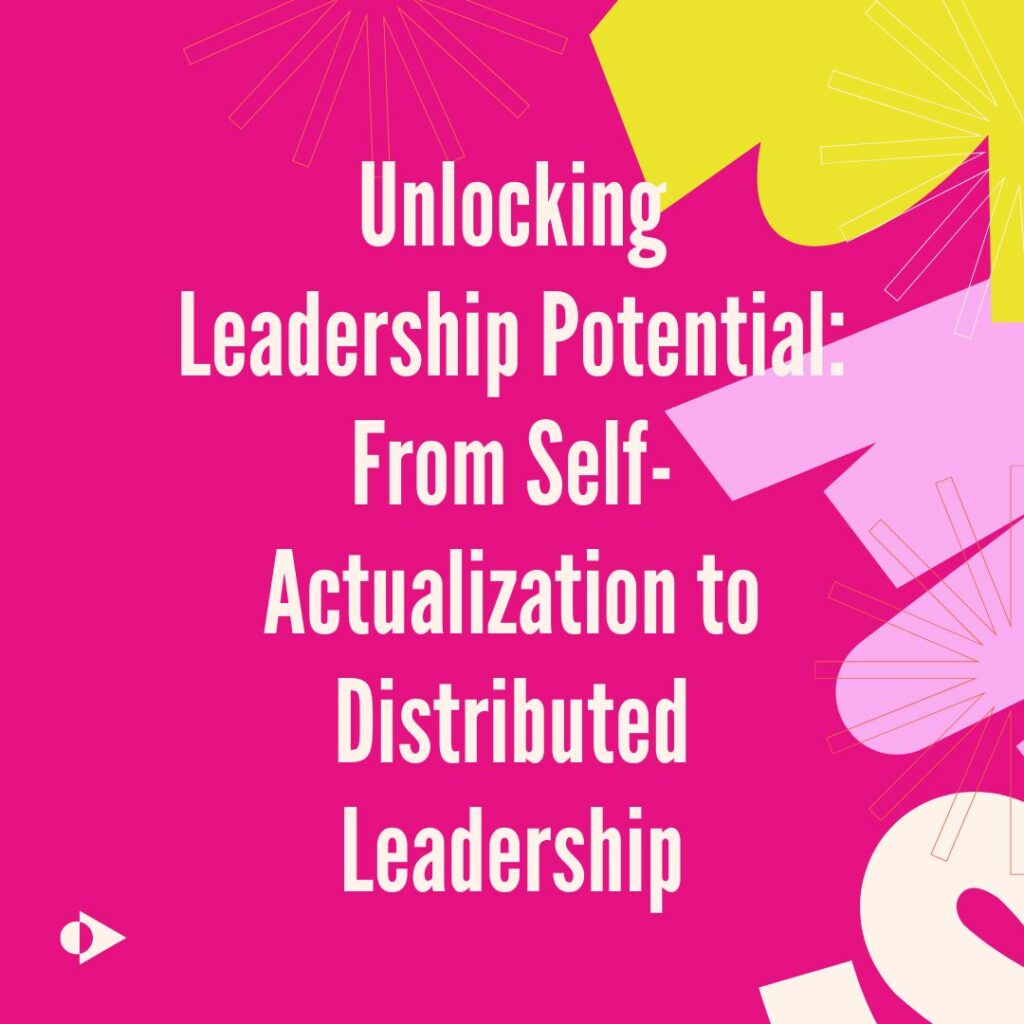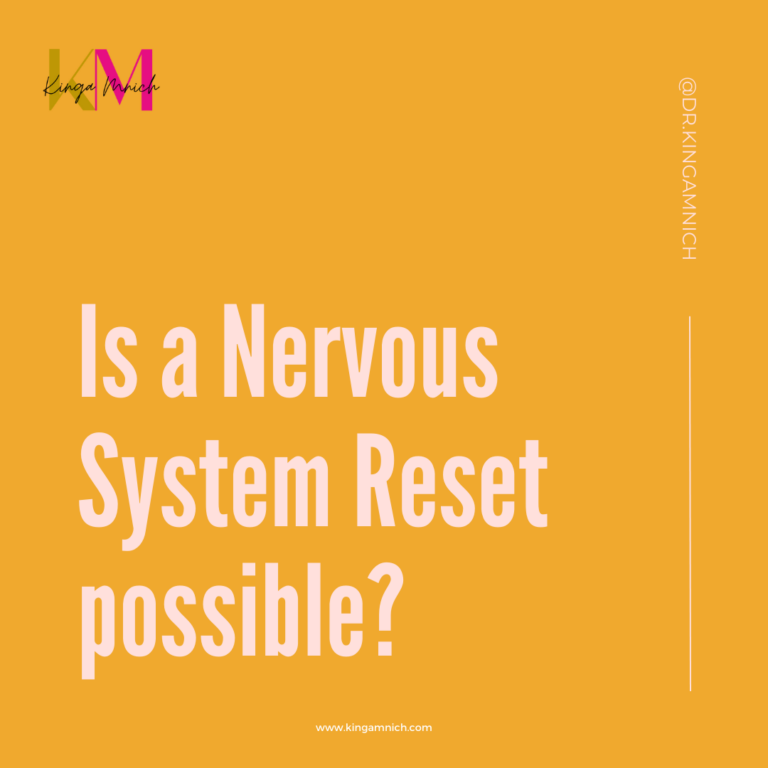Unlocking Leadership Potential: From Self-Actualization to Distributed Leadership delves into the evolution of personal growth toward effective leadership, emphasizing the significance of realizing one’s full potential. Through self-actualization and distributed leadership principles, individuals can inspire others, foster innovation, and drive meaningful change within organizations. This comprehensive guide navigates the path to leadership excellence, highlighting the transformative power of collaboration and self-discovery within distributed leadership frameworks.
Table of contents
- What is leadership?
- That opens the question: What is self-actualization?
- What role does self-actualization play in leadership?
- Characteristics of Self-actualization Leaders:
- How to create more leaders in your organization?
- What do distributed leadership and self-actualization have in common with effective leadership?
- How does distributed leadership enhance performance?
- The Power of Distributed Leadership
- Conclusion
I have often heard people describe leadership positions as being associated with much responsibility, one reason many people shy away from taking the next step. Leadership is not limited to a managerial position or a person leading a team. Many people are already in leadership positions without labeling it as such. In fact, most of us are currently in leadership positions or have been.
Consider a mother running a household and family, a parent coaching their daughter’s soccer team, a 16-year-old managing a neighborhood mowing business after school, a daughter giving piano lessons, a father sharing his 45 years of executive knowledge as a volunteer consultant, and so forth. When we think of leadership, our minds usually go straight to the Fortune 500 CEOs, often overlooking the assistant who ensures that new employees feel welcome in a company. This raises the question:
What is leadership?
A leader can be defined as a person who inspires passion and motivation in the people around them. They are visionaries with a plan to achieve it. Leaders ensure that the people around them have the necessary support and tools to reach their goals and the organization’s goals. How many people can you think of who fit this definition? And how many people are leaders but don’t see themselves as such? Imagine how their influence would grow if they started seeing themselves as leaders and continuously worked on their self-growth and skills to be even more of service?
To see yourself as a leader, you must understand your full potential. This can be difficult for some, especially when you have grown up in a family or society where you can’t speak about your achievements. Women especially might have many reasons for not speaking about their skills and achievements.
That opens the question: What is self-actualization?
Per Maslow’s hierarchy, self-actualization is the realization of a person’s full potential, which is reached when basic needs are met. It’s a state of mind, not perfection, characterized by traits like peak experiences, continual appreciation, and acceptance. You are a unique individual with the potential to experience peak moments of intense joy and insight. You can achieve self-actualization by maintaining a fresh outlook, appreciating life’s wonders, and accepting yourself and others without inhibition or judgment. Realism, problem-solving, and independence can define your approach to life, helping you navigate the challenges ahead. Personal growth is the path to self-actualization.
People who have reached self-actualization show some unique characteristics. Spontaneity and unconventionality exist alongside a strong sense of purpose, often directed towards humanitarian causes. One of the most impressive characteristics of a self-actualized person is the ability to value the journey as much as the destination. This comes with a balanced mindset that can be recognized as physical, emotional, and social well-being. In other words, a self-actualized person flourishes.
What role does self-actualization play in leadership?
Flourishing in life means being able to experience self-actualization. A state that allows you to understand your full potential. This state is indeed an experience of balance and harmony within yourself. It allows you to understand emotions such as fear with a more relaxed state of mind and move with ease through moments of insecurity. Self-actualization is crucial in effective leadership as it fosters traits and behaviors highly valued by teams and organizations.
Self-actualized leaders tend to have a clear vision of what they want to accomplish and inspire others to follow them. They possess high emotional intelligence, allowing them to build strong relationships. They communicate effectively and navigate conflicts with empathy and understanding. Authenticity and integrity are also integral to their leadership style, and they lead with genuine approaches that build trust and credibility among the people around them.
Self-actualized leaders focus not only on their own growth and development but also on the growth and development of their team members. They empower others by providing support, guidance, and opportunities for learning and advancement. Furthermore, they are adaptable, innovative, and open-minded, embracing change as an opportunity for growth and willing to take risks and try new approaches to pursue their vision. Self-actualized leaders demonstrate resilience in the face of challenges and setbacks. They view failures as opportunities for learning and growth and regularly engage in self-reflection to continuously improve themselves and their leadership approach.
Characteristics of Self-actualization Leaders:
- Possess a clear vision and inspire others.
- Exhibit high emotional intelligence.
- Build strong relationships.
- Demonstrate authenticity and integrity as integral to their leadership style.
- Focus on the growth and development of themselves and their team members.
- Adapt and innovate.
- View change as an opportunity.
- Demonstrate resilience in the face of challenges and regularly engage in self-reflection.
Self-actualization enables leaders to inspire and motivate, build strong relationships, foster a positive work environment, and drive meaningful change and innovation.
How to create more leaders in your organization?
Realizing your full potential is crucial to being able to step into effective leadership. But it is also crucial to understand the limitations of one person.
We see how many organizations continuously run into obstacles and create cultures that inhibit innovation and hinder rapid adjustment to change. The pandemic is an example of how organizations failed to adjust adequately to changing circumstances. In a turbulent world, we are seeking leadership that can bring people together and foster solutions.
Maybe the obstacle we are facing is that we are looking for one person to hold all of these attributes. Instead, we should be distributing power. Any self-actualized person or effective leader knows that it is not about them, but about the people around them. They are simply the ones who are pulling all of the strings together – which means they hold a lot of responsibility. A distributed leadership concept allows sharing of that responsibility and therefore creates more space for everyone to innovate because shared responsibility also means shared risk. Shared risk alleviates the hesitancy of potential leaders to step up by distributing the responsibility across a group, making the prospect of leadership less daunting.
What do distributed leadership and self-actualization have in common with effective leadership?
The second component of effective leadership is distributed leadership. Self-actualization helps a leader to focus on empowering individuals, promoting collaboration, encouraging continuous learning, fostering ethical behavior, embracing adaptability, and driving innovation. Distributed leadership is built on these components.
Additionally, it allows individuals across an organization to take ownership of their respective roles and contribute to decision-making processes, which ultimately creates a collaborative and inclusive environment.
As previously mentioned, self-actualization encourages individuals to realize their full potential, prioritize personal growth, and make ethical decisions guided by empathy and responsibility for others. Both approaches value continuous learning, adaptability, and innovation, recognizing the importance of embracing change, and promoting a culture of innovation to achieve organizational success.
In essence, distributed leadership and self-actualization share core principles. The principles emphasize the importance of empowering individuals, fostering collaboration, and promoting ethical and innovative leadership practices.
How does distributed leadership enhance performance?
Distributed leadership enhances performance by fostering an inclusive environment. Diverse perspectives are valued and leveraged to generate innovative ideas and solutions. This approach promotes engagement and commitment among team members, building stronger relationships and trust through open communication and transparency. By involving stakeholders in problem-solving and decision-making processes, distributed leadership can tap into the collective expertise of the team, leading to more effective solutions and better outcomes. Additionally, it cultivates a culture of continuous learning and development. Team members are encouraged to share knowledge, support each other’s growth, and drive ongoing improvement. Overall, distributed leadership empowers teams to work together more effectively, harnessing their collective strengths to achieve greater success.
By encouraging distributed leadership within your organization, you enhance the performance of your team, encourage more people to step into leadership roles and lead together.
In my work, I have come across many capable people shying away from stepping up because of the responsibility that comes with it. Some have also shared that they don’t necessarily want to take the additional risk and place themselves in a position where they can fail.
The Power of Distributed Leadership
Distributed leadership has the power to dissolve many of these worries and fears when it comes to leaders stepping up. By distributing responsibility and fostering a culture of shared decision-making, distributed leadership encourages individuals to step into leadership roles with confidence, knowing that they have the support and expertise of their team behind them. This not only spreads the burden of leadership but also creates opportunities for collective problem-solving and innovation.
Moreover, distributed leadership promotes a sense of ownership and accountability among the collaborative network. Everyone has a stake in the success of the organization. This shared responsibility not only motivates individuals to perform at their best, but also fosters a strong sense of cohesion and unity within the team and network. When everyone is working towards a common goal and feels valued for their contributions, it creates a positive work environment where people are more engaged, productive, and committed to achieving results.
Furthermore, distributed leadership encourages continuous learning and growth as individuals are exposed to different perspectives and ideas through a collaboration of networks. This diversity of thought not only enriches decision-making processes but also stimulates creativity and innovation. By harnessing the collective intelligence of the team, distributed leadership can identify new opportunities, anticipate challenges, and adapt to change more effectively, ultimately driving better performance and outcomes for the organization as a whole.
Conclusion
In conclusion, distributed leadership is not only essential for enhancing team performance but also for fostering a culture of shared leadership and innovation within organizations. By embracing collaboration of different networks and empowering individuals to lead together, organizations can unlock the full potential of their teams and achieve greater success in today’s rapidly changing and highly competitive business environment.
Resources:
Articles & Videos
Articles:
Why distributed leadership is the future of management by Meredith Somers












